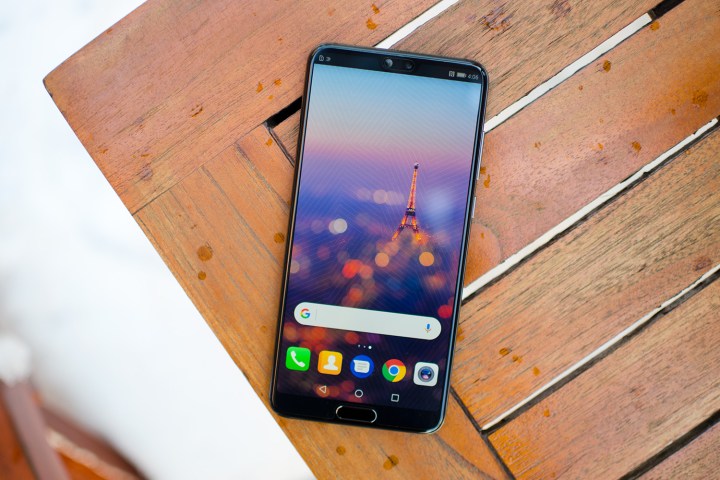
Numbers from the International Data Corporation (IDC) have confirmed the rumored slump in the smartphone market, with global sales dropping by 2.9 percent compared to the same period last year.
The IDC report points to a decline in Chinese smartphone sales as one of the principle drivers of the reduction, which saw smartphone sales in the first quarter of 2018 dropping below 100 million units in the quarter — the lowest number since 2013. According to Anthony Scarsella, IDC research manager, this drop in sales has a lot to do with the high price tags on the latest premium flagship smartphones. “The abundance of ultra-high-end flagships with big price tags released over the past 12 to 18 months has most likely halted the upgrade cycle in the near term,” said Scarsella. “It now looks as if consumers are not willing to shell out this kind of money for a new device that brings minimal upgrades over their current device.”
This tallies with older reports and predictions on expensive smartphones. Samsung’s financial report in late April predicted a slowdown of premium smartphone sales, while a report on the iPhone X’s sales at the tail end of 2017 stated that consumers preferred cheaper iPhones to Apple’s latest, expensive flagship.
Results for individual manufacturers has been mixed, with Samsung holding its leading position in the smartphone market with a 23.4-percent share, despite sales declining 2.4 percent from the previous year. However, the IDC predicts that the late launch of the Galaxy S9 and S9 Plus helped keep that decline to a minimum, and expect that the new flagships will help boost Samsung’s sales in the second quarter of the year.
Apple seems mostly immune to the slump, with iPhone sales increasing by 2.8 percent. Despite rumors of poor iPhone X sales, Apple stated that the latest flagship was consistently the top seller in March. With rumors of cheaper iPhones in the near future, expect Apple’s star to stay high.
Premiere Chinese brand Huawei also saw increases in the first quarter of 2018, increasing its sales by 13.8 percent. While a steady third place in global sales, Huawei must have its eyes set firmly on Apple’s second place, though with 13 million units in sales separating the two, it seems unlikely that Huawei will catch up to Apple soon. Xiaomi saw a massive boost of 87.8 percent on the previous year’s first quarter — a victory that the IDC contributes to its large sales growth outside of China.


